In situ mapping identifies distinct vascular niches for myelopoiesis
- PMID: 33568812
- PMCID: PMC8020897
- DOI: 10.1038/s41586-021-03201-2
In situ mapping identifies distinct vascular niches for myelopoiesis
Abstract
In contrast to nearly all other tissues, the anatomy of cell differentiation in the bone marrow remains unknown. This is owing to a lack of strategies for examining myelopoiesis-the differentiation of myeloid progenitors into a large variety of innate immune cells-in situ in the bone marrow. Such strategies are required to understand differentiation and lineage-commitment decisions, and to define how spatial organizing cues inform tissue function. Here we develop approaches for imaging myelopoiesis in mice, and generate atlases showing the differentiation of granulocytes, monocytes and dendritic cells. The generation of granulocytes and dendritic cells-monocytes localizes to different blood-vessel structures known as sinusoids, and displays lineage-specific spatial and clonal architectures. Acute systemic infection with Listeria monocytogenes induces lineage-specific progenitor clusters to undergo increased self-renewal of progenitors, but the different lineages remain spatially separated. Monocyte-dendritic cell progenitors (MDPs) map with nonclassical monocytes and conventional dendritic cells; these localize to a subset of blood vessels expressing a major regulator of myelopoiesis, colony-stimulating factor 1 (CSF1, also known as M-CSF)1. Specific deletion of Csf1 in endothelium disrupts the architecture around MDPs and their localization to sinusoids. Subsequently, there are fewer MDPs and their ability to differentiate is reduced, leading to a loss of nonclassical monocytes and dendritic cells during both homeostasis and infection. These data indicate that local cues produced by distinct blood vessels are responsible for the spatial organization of definitive blood cell differentiation.
Conflict of interest statement
Declaration of Interest
The authors declare no competing interests.
Figures
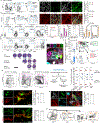
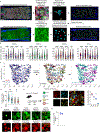
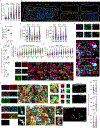
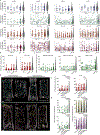

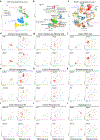

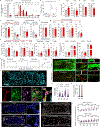
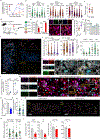





References
Additional References
Publication types
MeSH terms
Substances
Grants and funding
- U2C TR002818/TR/NCATS NIH HHS/United States
- R01 AI124657/AI/NIAID NIH HHS/United States
- R01 AG045040/AG/NIA NIH HHS/United States
- P01 HL146372/HL/NHLBI NIH HHS/United States
- AG045040/NH/NIH HHS/United States
- R01 HL136529/HL/NHLBI NIH HHS/United States
- R01 AI120202/AI/NIAID NIH HHS/United States
- R01 HL122661/HL/NHLBI NIH HHS/United States
- U24 HL148865/HL/NHLBI NIH HHS/United States
- U01AI50748/NH/NIH HHS/United States
- S10 OD023410/OD/NIH HHS/United States
- HHMI/Howard Hughes Medical Institute/United States
- U01 AI150748/AI/NIAID NIH HHS/United States
- T32 AI118697/AI/NIAID NIH HHS/United States
- DP1 AI131080/AI/NIAID NIH HHS/United States
LinkOut - more resources
Full Text Sources
Other Literature Sources
Molecular Biology Databases
Research Materials
Miscellaneous

